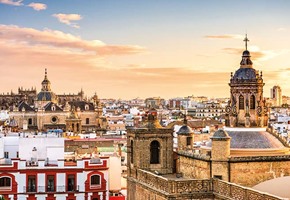
Experience Hidden Spain with the Experts
08/05/2025 · By Tim Hall
From Barcelona to the foodie haven of the Basque Country and iconic landmarks of Andalucía, uncover Spain with Great Rail Journeys’ Tour Manager Tim Hall.
Read moreSeville is an old port city set on the Guadalquivir River. The city played a key role in establishing and continuing trade with South America. It remains one of Spain's busiest ports. Close to the heart of the city is the Plaza Espana, a majestic architectural complex built for the Ibero-American Exposition in 1929. The square is surrounded by beautiful buildings, fountains and tiled alcoves. The Reales Alcázares de Sevilla, the Royal Palace in the centre of town, was originally constructed as a Moorish fort and built in a marked Islamic style. Today it is a superb complex of patios and halls that combines several different architectural styles, from Mudéjar to Gothic. At its very centre is the Palace of King Pedro I, who constructed his royal residence on the site of a Moorish palace. The palace gardens are a lovely sanctuary from the hustle and bustle of Seville's city centre, and are well laid out with fountains and pools interspersed with formal lawns and flowerbeds.
Seville's magnificent cathedral, Columbus and La Giralda, is the largest Gothic building in Europe. Built on the site of a mosque, it is the final resting place of Christopher Columbus and is lavishly decorated in gold. Its bell tower, La Giralda, was the minaret of the original mosque and dominates Seville's skyline. The sister tower of La Giralda is the Hassan Tower in Rabat.
Seville is known as the birthplace of tapas and the city apparently has over 1000 tapas bars, serving almost every conceivable type of food. Sevillians are known to move from bar to bar, enjoying a different small dish in each establishment they visit.
Find out more with a free brochure and enjoy weekly travel inspiration and offers in our e-newsletter.
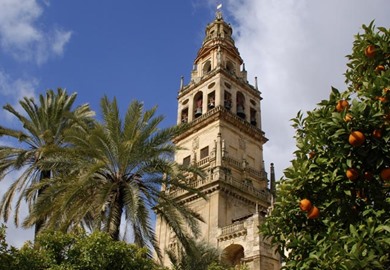
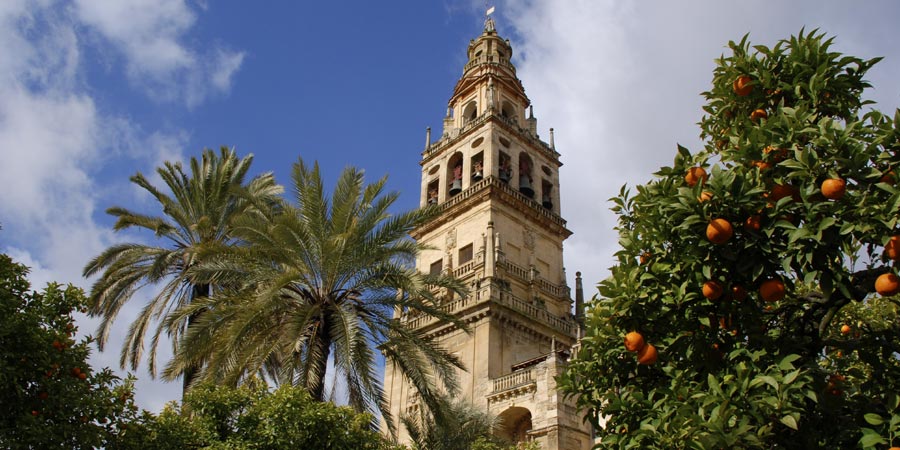
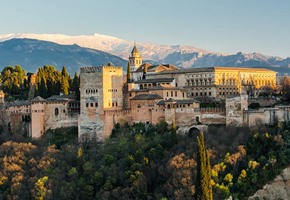
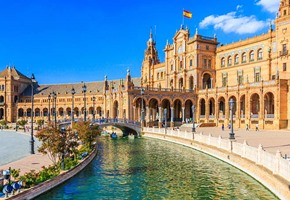
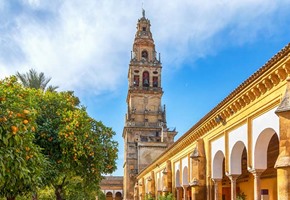
 (137 reviews)
(137 reviews)Experience the highlights of Andalucía on this spectacular holiday to the region's three main cities. With a local guide we tour the vibrant city of Seville - seeing the world's largest Gothic cathedral, and the Plaza de España. In Córdoba, we see the exterior of the glorious Mezquita, a unique mosque-cathedral, with free time to look around the...
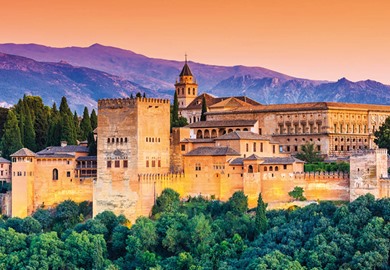
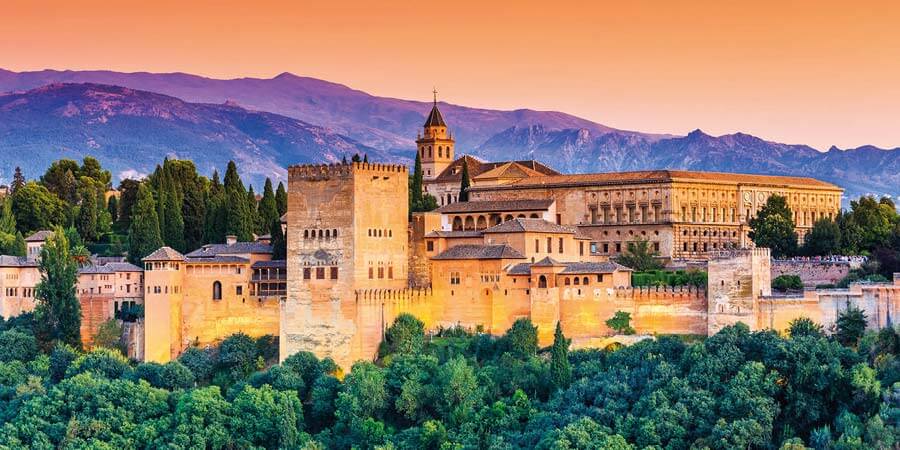
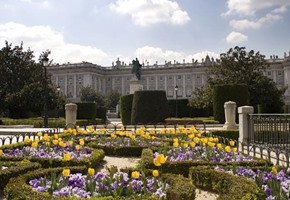
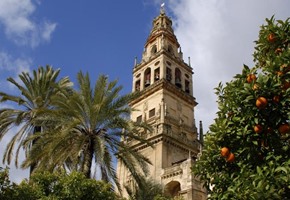
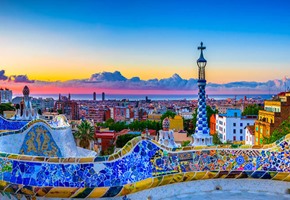
 (64 reviews)
(64 reviews)Discover the rich and diverse cultural heritage and artistry of Spain. On a journey through iconic cities, we travel from the capital of Madrid, into Moorish Andalucía and Barcelona. We explore Granada's Alhambra, palaces and gardens, Seville's historic cathedral and Córdoba's Mezquita. On a sightseeing tour we see Barcelona's Sagrada Familia...
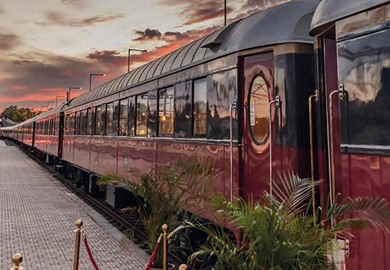
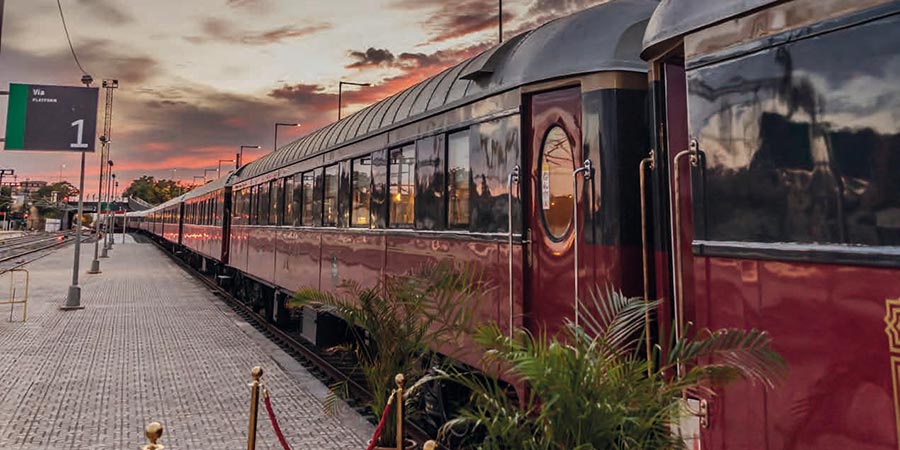
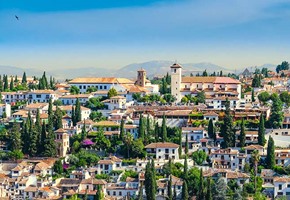
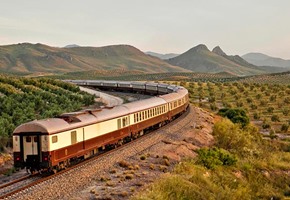
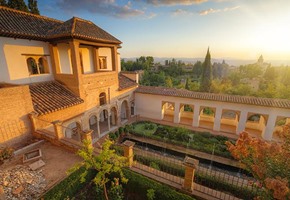
Take an unforgettable journey aboard the Al Andalus Express, as you embark on your Andalucian adventure and travel across this alluring region of Southern Spain in the style of the golden age of travel. Discover the jewels of Spain in the towns and cities that sweep you back through history and give you a taste of what it was like to live as kings...
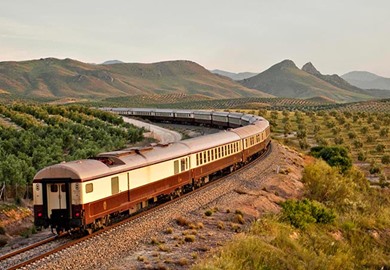
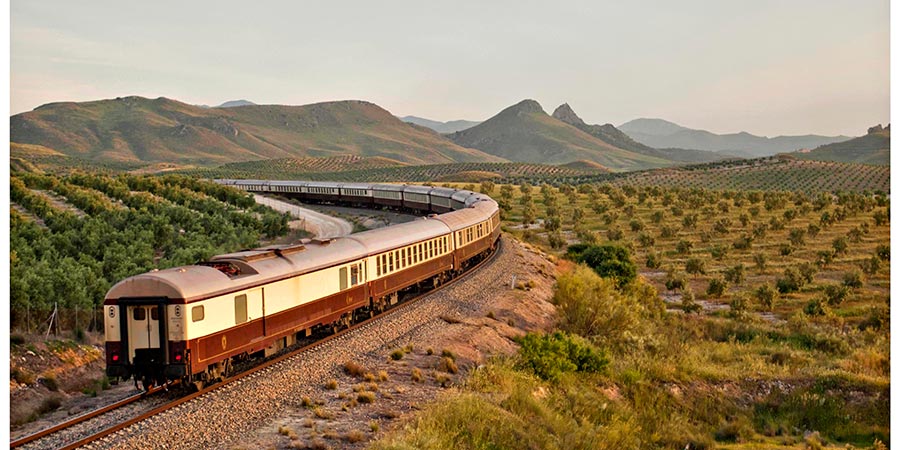
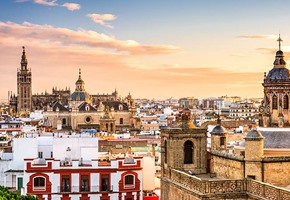
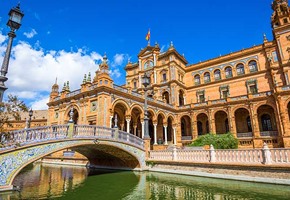
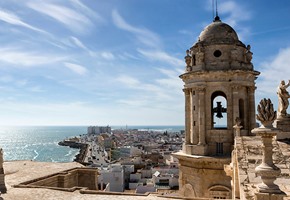
Take an unforgettable journey aboard the Al Andalus Express, as you embark on your Andalucian adventure and travel across this alluring region of Southern Spain in the style of the golden age of travel. Discover the jewels of Spain in the towns and cities that sweep you back through history and give you a taste of what it was like to live as kings...

